
The updated EEF Teaching and Learning Toolkit what has changed?
Teaching and Learning Toolkit An accessible summary of the international evidence on teaching 5 - 16 year-olds. Evidence and resources Early Years Toolkit A summary of the best available evidence on key areas for learning and development. Resources for…
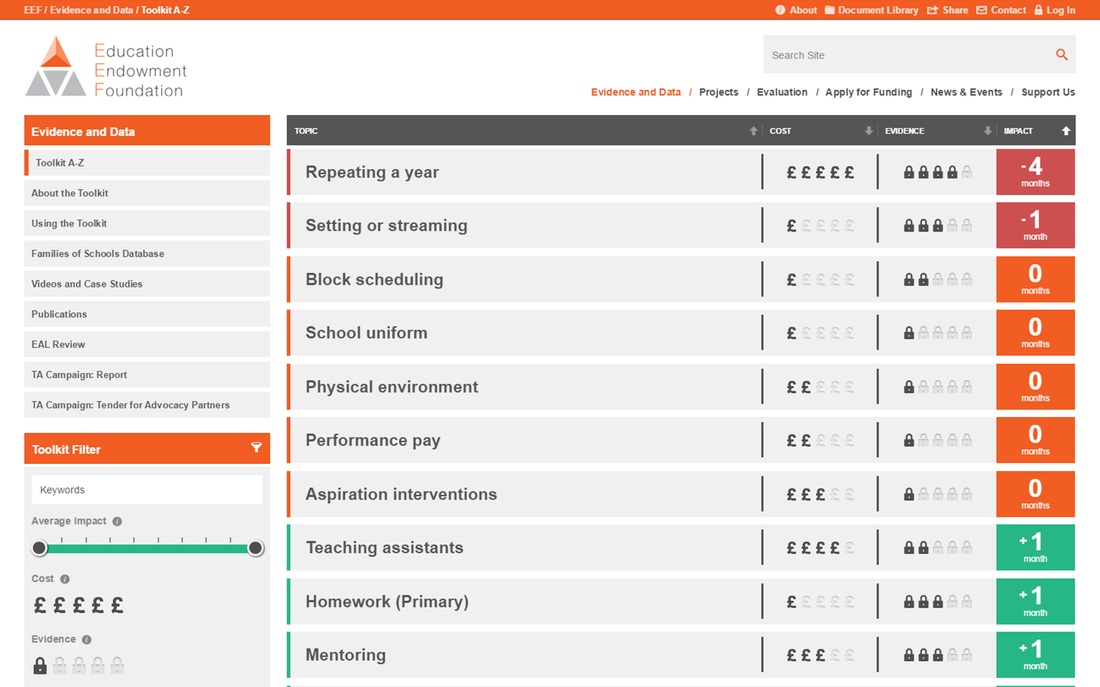
Reflections on EEF Teaching and Learning toolkit
The Toolkits are designed to support teachers and school leaders who are making decisions about how to improve learning outcomes. About the Toolkits The Toolkits are based on real life data about what has happened when particular approaches have been used in schools before.
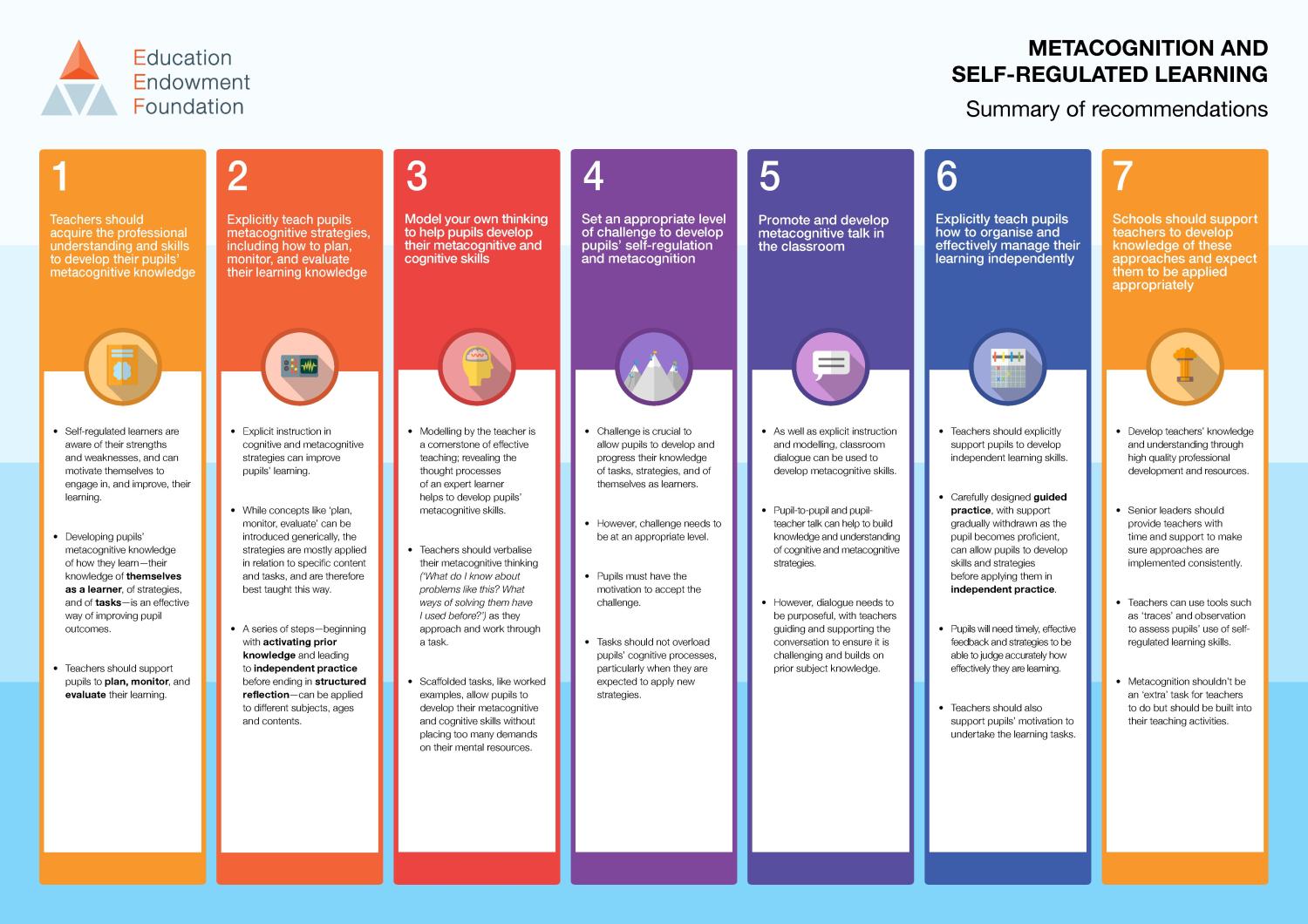
Unlocking the Potential of Metacognition EEFGuidance LeadingLearner
Individualised instruction aims to improve outcomes through providing targeted support to learners. In order to ensure that the approach is effective, schools should consider how they will provide: Accurate assessments of pupil learning gaps and needs. Activities that are closely matched to pupil's level of knowledge, understanding or skills.
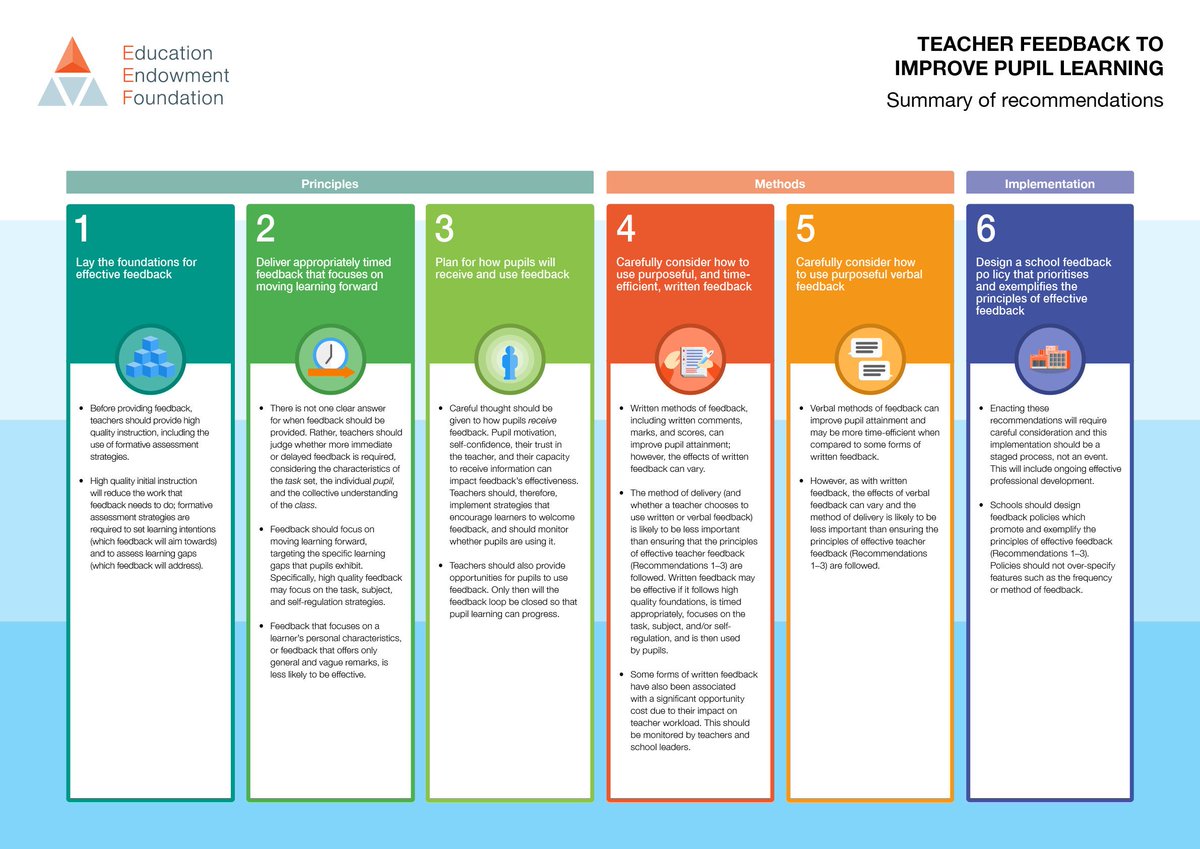
Implementing EEF Feedback with Showbie and Socrative Showbie
The EEF Toolkit is designed to support teachers and school leaders who are making decisions about how to improve learning outcomes, particularly for disadvantaged children and young people. It does not make definitive claims as to what will work to improve outcomes in a given school. Rather it provides high quality information about what is likely to be beneficial based on existing evidence.

Releasing the Magic! EEF TOOLKIT WHAT WORKS BEST!
the EEF evaluation reports provide detailed evidence. Our guidance reports provide detailed recommendations for classroom practice. USING THE TOOLKITS—A SUMMARY The Teaching and Learning Toolkit is a summary of evidence of 30 approaches that schools might choose to use, either as part of their pupil premium strategy or as part of wider school.
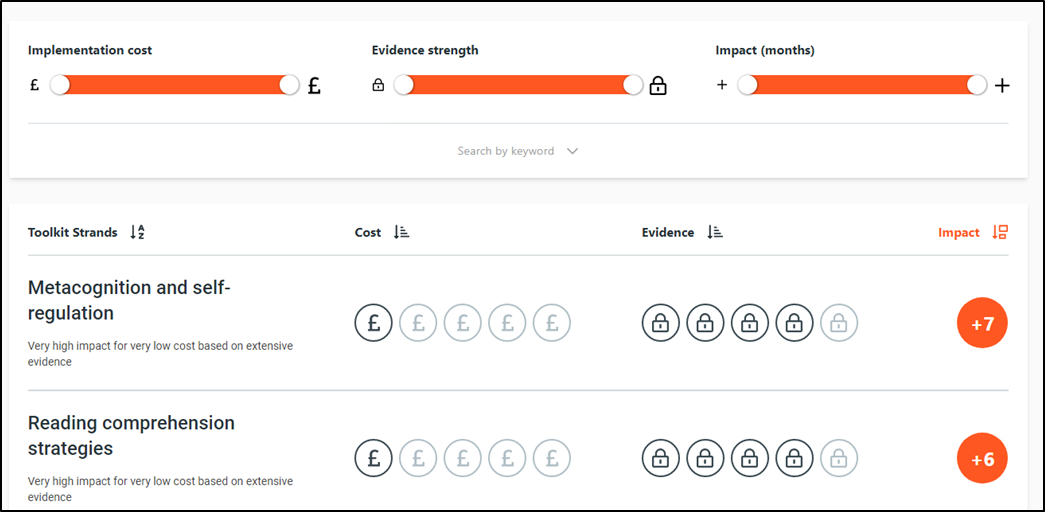
The EEF Teaching and Learning Toolkit
The EEF's Teaching and Learning Toolkit is designed to support teachers and school leaders who are making decisions about how to improve learning outcomes, particularly for disadvantaged children and young people. It does not make definitive claims as to what will work to improve outcomes in each school.

EEF on Twitter "The Teaching and Learning Toolkit your guide to the best international
What is it? Phonics is an approach to teaching some aspects of literacy, by developing pupils' knowledge and understanding of the relationship between written symbols and sounds. This involves the skills of hearing, identifying and using the patterns of sounds or phonemes to read written language.

EEF • Evidence Based Teachers Network
EEF guidance reports summarise the best available research evidence on a particular aspect of teaching and learning, and present actionable recommendations for practice. Latest Guidance Reports The most recently released guidance reports Guidance Reports Improving Primary Science

Interventions That Work Sutton Trust EEF Teaching and Learning Toolkit Intervention
For this reason, EEF trials are part of a rich tapestry of evidence generated by the EEF including the Teaching and Learning Toolkit (Higgins et al., 2015) and Early Years Toolkit, which is currently based on many meta-analyses (Higgins et al., 2013), and EEF's guidance reports which provide practical, evidence-based guidance for teachers on.

(PDF) Sutton TrustEEF Teaching and Learning Toolkit Steven E Higgins Academia.edu
The EEF Toolkit is a free, online resource designed to support teachers and school leaders who are making decisions about how to improve learning outcomes. The Toolkit provides an accessible overview of the most recent, highest quality, educational research to support schools in making evidence-informed improvements.
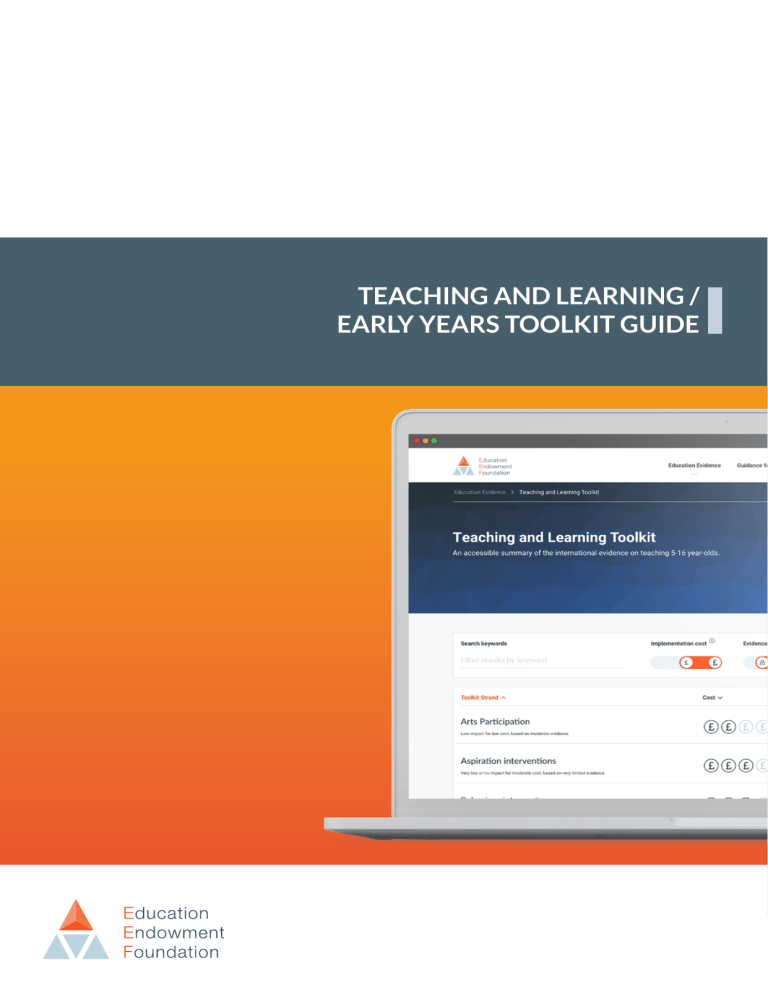
EEFToolkitguide
1. Providing feedback is a well-evidenced and has a high impact on learning outcomes. Effective feedback tends to focus on the task, subject and self-regulation strategies: it provides specific information on how to improve. 2. Feedback can be effective during, immediately after and some time after learning.

Releasing the Magic! EEF TOOLKIT WHAT WORKS BEST!
The Toolkit is designed to support teachers and school leaders who are looking to improve learning outcomes in their setting, particularly for disadvantaged children and young people. In the past decade, it has become one of the most popular educational resources, with 70% of school leaders now using it to inform their decision-making.

Metacognition in the updated EEF Teaching & Learning Toolkit
The updated EEF Teaching and Learning Toolkit: a huge task with a clear goal As this suggests, the work involved has been exhaustive with Kay and Higgins explaining that some 2,500 research studies were analysed and broken down to provide a very granular level of insight - by phase, setting and even subjects where possible.
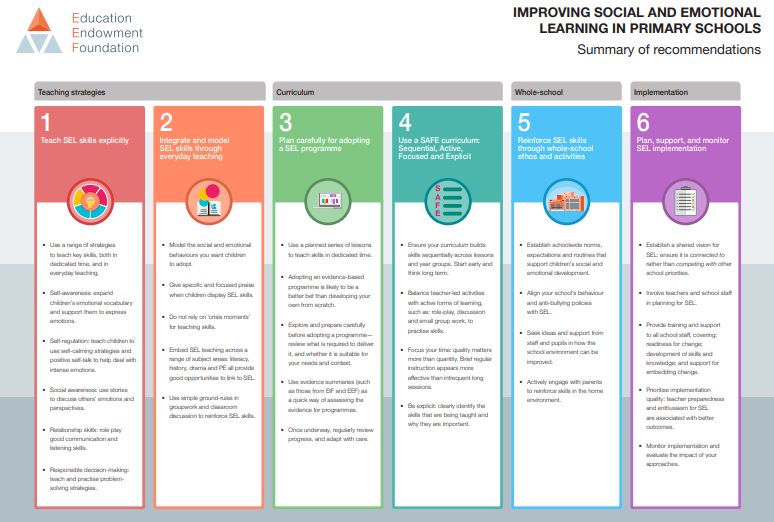
EEF Positive Young Minds
Sutton Trust - EEF Teaching and Learning Toolkit October 2014 APPROACH COST ESTIMATE EVIDENCE ESTIMATE AVERAGE IMPACT SUMMARY Arts participation £ £ £ £ £ + 2 Months Low impact for low cost,.

Teaching and Learning Toolkit Education Endowment Foundation EEF Teaching, Memory projects
For evidence to make a difference, it needs to be accessible. The Teaching and Learning Toolkit was developed by the EEF in collaboration with Durham University to ensure that high quality evidence can be accessed quickly by decision makers.. It is an accessible evidence portal that summarises the cost, impact, and evidence security of 40 education approaches that schools might consider when.
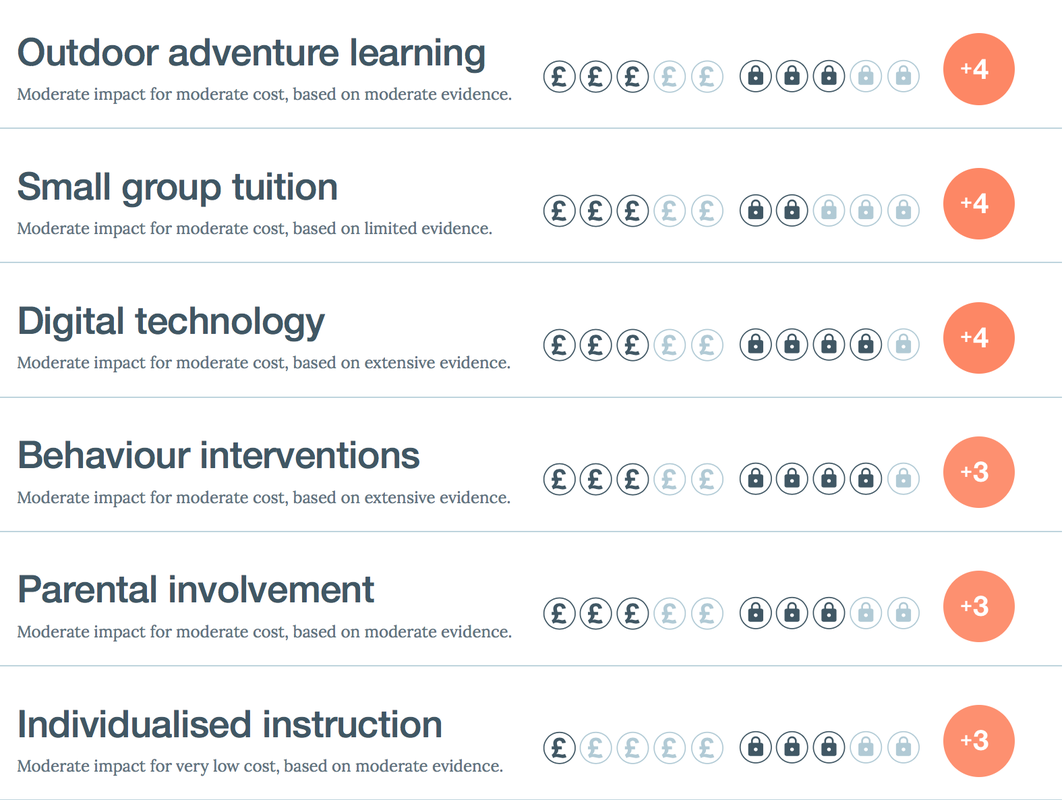
EEF's Teaching & Learning Toolkit LEARNING CURRENTS
Teaching and Learning Toolkit | EEF Teaching and Learning Toolkit An accessible summary of education evidence Watch the Toolkit explainer Read our guide to using the Toolkit Implementation cost Evidence strength Impact (months) Search by keyword Toolkit Strands Evidence